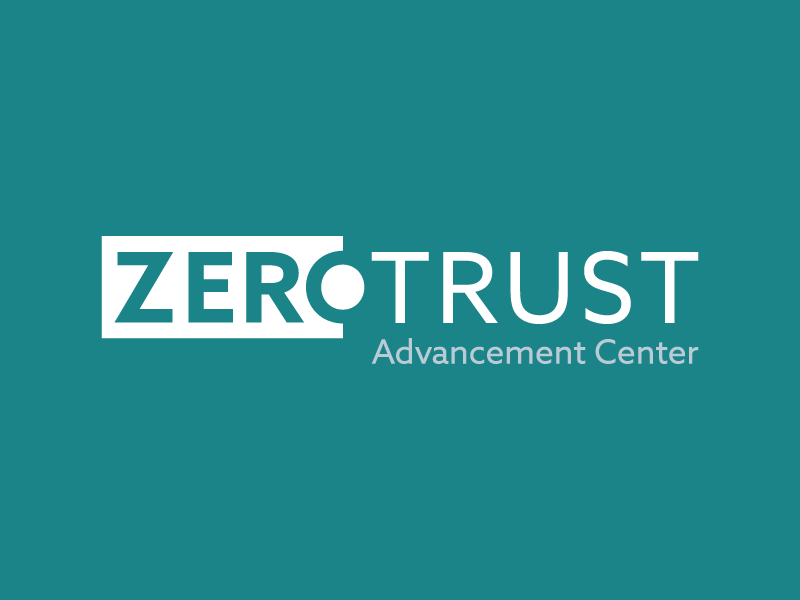5 Security Questions to Ask About AI-Powered SaaS Applications
Blog Article Published: 03/26/2024
Written by Wing Security.
Artificial intelligence (AI) has emerged as a disruptive force, reshaping the way organizations operate, innovate, and compete. With enhanced efficiency, productivity, and personalized user experiences, AI-powered SaaS applications have become integral to modern businesses across industries. However, due to the transformative potential of AI, organizations are starting to grapple with the complexities of data privacy, intellectual property protection, and security vulnerabilities connected to AI usage.
One of the many challenges that AI presents is that its algorithms may discretely analyze user data to optimize functionalities and drive insights. Therefore, understanding the threats related to AI adoption in SaaS applications and implementing proactive measures to mitigate risks effectively is critical.
1. What is Shadow AI and why does it matter?
"Shadow AI" refers to AI applications (apps) and, more importantly, the AI capabilities within SaaS apps that users/security teams might not realize exist. For example, an app may use AI to analyze user data to improve its functions without it being obvious to the user. According to Wing Security’s research, 70% of popular SaaS apps can train AI models with customer data. Shadow AI is often completely unknown to users, creating a potential blind spot in data governance.
2. How widespread is AI adoption in SaaS?
Incredibly widespread. Recent research indicates that 99.7% of organizations now utilize apps with integrated AI capabilities. This rapid uptake underscores the compelling value offered by AI in enhancing operational efficiency and driving innovation. Moreover, with approximately 1 in 5 employees actively engaging with AI-powered SaaS apps, the influence and reach of AI continue to expand across diverse organizational functions.
3. What are the main risks around AI in SaaS applications?
As the use of AI continues to grow in SaaS, organizations constantly face new risks. From data privacy breaches to malicious app impersonation and operational vulnerabilities, the implications of AI integration with SaaS apps are profound:
a) Losing Control Over Data and IP Fueling AI Models:
Sensitive company data and intellectual property (IP) serve as the fuel needed for AI models, powering their algorithms. However, the transparency surrounding data utilization in AI training models raises governance concerns. Organizations risk giving over proprietary information, potentially compromising competitive advantage and regulatory compliance.
b) Malicious Impersonation of Trusted Apps:
Sophisticated impersonator applications may mislead users by presenting themselves as trusted SaaS apps, deceiving users into installing them and ultimately compromising sensitive data or granting them unauthorized access. The proliferation of such misleading apps underscores the importance of robust authentication mechanisms and continuous monitoring to prevent the introduction of malicious applications.
c) Manual Identification and Remediation Requires Heavy Investment:
Until now, traditional approaches to threat identification and mitigation have relied heavily on manual intervention, slowing down the timely detection and remediation of AI-related risks. Manual processes put pressure on resources and introduce operational inefficiencies, increasing the organization's susceptibility to emerging threats. Solutions that leverage automation offer a viable solution to streamline threat management workflows and enhance responsiveness to evolving security challenges.
4. Is my intellectual property at risk from Shadow AI, and how can the AI in apps impact my data privacy?
AI-driven SaaS applications harness user data as a primary resource for training algorithms. As a consequence, organizations face heightened privacy concerns regarding the collection, processing, and utilization of sensitive information. The indiscriminate utilization of proprietary data without clear disclosure poses inherent risks to intellectual property. Confidential documents, proprietary workflows, and sensitive communications could inadvertently contribute to AI model development, potentially compromising the organization's control over its intellectual assets.
5. What's the solution for better protecting users and business knowledge?
SaaS Security Posture Management (SSPM) empowers organizations to proactively mitigate AI-related risks and strengthen their overall security posture. By offering comprehensive visibility into Shadow AI activities across the SaaS landscape, SSPM solutions enable security teams to assess and address potential vulnerabilities effectively. Automated remediation workflows facilitate timely threat response and minimize exposure to malicious actors.
The overarching objective of SSPM is not to prevent the use and adoption of AI, but rather to empower users to benefit from all that it has to offer. Through continuous monitoring, automated governance, and actionable insights, SSPM enables organizations to navigate the complexities of AI adoption with confidence.
Related Resources



Trending This Week
#1 The 5 SOC 2 Trust Services Criteria Explained
#2 What You Need to Know About the Daixin Team Ransomware Group
#3 Mitigating Security Risks in Retrieval Augmented Generation (RAG) LLM Applications
#4 Cybersecurity 101: 10 Types of Cyber Attacks to Know
#5 Detecting and Mitigating NTLM Relay Attacks Targeting Microsoft Domain Controllers
Related Articles:
CPPA AI Rules Cast Wide Net for Automated Decisionmaking Regulation
Published: 04/26/2024
Upselling Cybersecurity: Why Baseline Security Features Shouldn’t Be a Commodity
Published: 04/24/2024
Breach Debrief: The Fake Slackbot
Published: 04/22/2024






